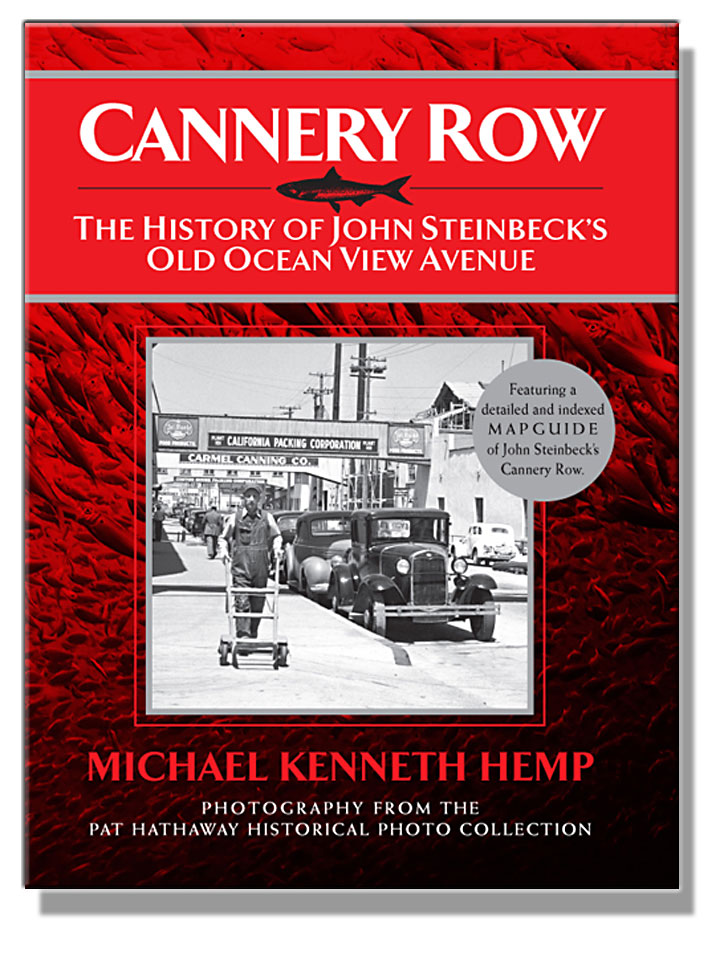
Local women dislike brothel-owner Dora but she has paid people’s food bills and kept them from hunger during the Depression and contributes the most to the area’s charities. Nearly everyone owes Lee Chong’s store money, but he doesn’t pursue his debts because he knows he’ll be paid eventually.

Its inhabitants could be termed “whores, pimps, gamblers and sons-of-bitches” but also “saints and angels and martyrs and holy men”. In the opening paragraph, Steinbeck describes Cannery Row as “a poem, a stink, a grating noise, a quality of light, a tone, a habit, a nostalgia, a dream”, and also as “the gathered and scattered, tin and iron and rust and splintered wood, chipped pavement and weedy lots and junk heaps, sardine canneries and corrugated iron, honkytonks, restaurants and whorehouses, and little crowded groceries, laboratories and flophouses”. The story centres on the people living there, especially grocer Lee Chong, marine biologist Doc, Dora Flood, who runs a brothel, and Mac, the leader of a group of layabouts.

This novel is set in Monterey, California, during the Great Depression, on a street with many sardine canneries (hence the title).


 0 kommentar(er)
0 kommentar(er)
